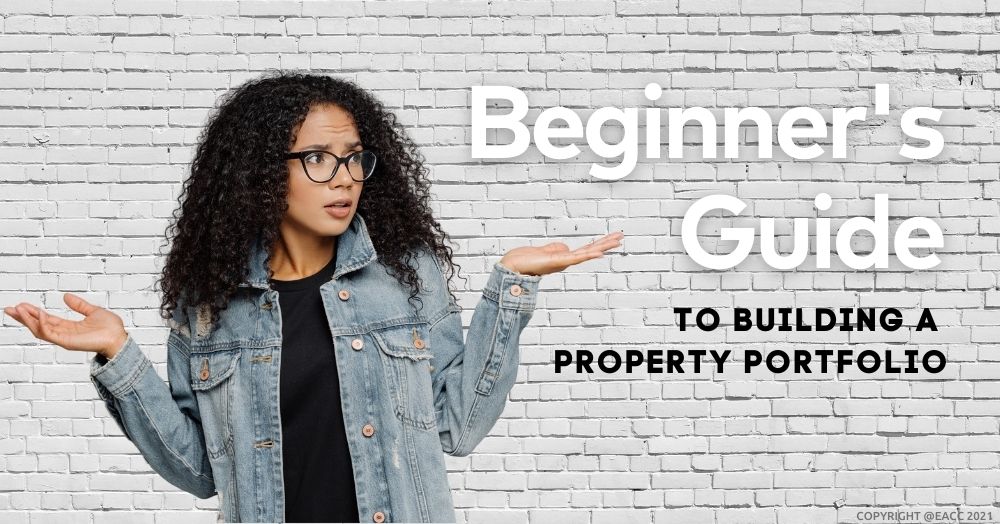Beginner’s Guide to Building a Property Portfolio in SE18/SE28
In this two-minute read, we look at the basics of building your portfolio and how to try and make your investment a sound one.
Building a property portfolio might sound like a great way to build an additional income, but it can be a tricky area to navigate with lots of pros and cons.
Getting started
First things first, where is the cash coming from? Have you already got a property and looking to buy a second? Or maybe you’re tentatively dipping your toes into the rental property market for the first time.
Whether you’re refinancing an existing property, or you’ve won the lottery (fingers crossed!), your initial pot needs to be big enough to cover the deposit (minimum of 25%) and legal costs. This is the minimal starting point when looking to buy additional properties.
Create a property profile
Have a clear idea of the kind of properties you’re looking for. Do you want to renovate and add value, or do you want something that tenants can move into straight away? Sticking to a checklist of requirements will help you stay focused and find a deal that really works for your budget.
Always know your numbers
Money money money… no this isn’t an ABBA song, it’s the core of building your property portfolio. A savvy landlord or property owner needs to know exactly where the money is coming from (or going to) for every step of the process. There’s your deposit, legal costs, stamp duty, renovation costs, rental yield, agency fees etc. It’s basically a never-ending spreadsheet that you need to keep on top of.
Knowing your numbers and carefully planning a budget is the key to successfully growing your portfolio.
Get chatting
Building a property portfolio requires you to build relationships. Pop in for a coffee at Hi Residential, tell us what you’re looking for and your budget so that we can keep you in mind when anything suitable comes up. Similarly, our Lettings team has a wealth of knowledge regarding the types of tenants attracted to SE18/SE28 and their property requirements. So, this will help shape your initial property searches and buying decisions.
Create a network
Trust is so important when you’re buying property. Make sure you’re working with people you can rely on and that have the relevant experience. This applies to your solicitor, mortgage broker, and your builder (if your purchase needs some TLC).
Once you’ve established these working relationships, next time, hopefully the process will be easier. Personal recommendations from a friend or family member are a great place to start, but never feel like you have to settle for the first professional you meet.
To get started with your buy-to-let property search in SE18/SE28, give us a call on 020 8316 6616.





